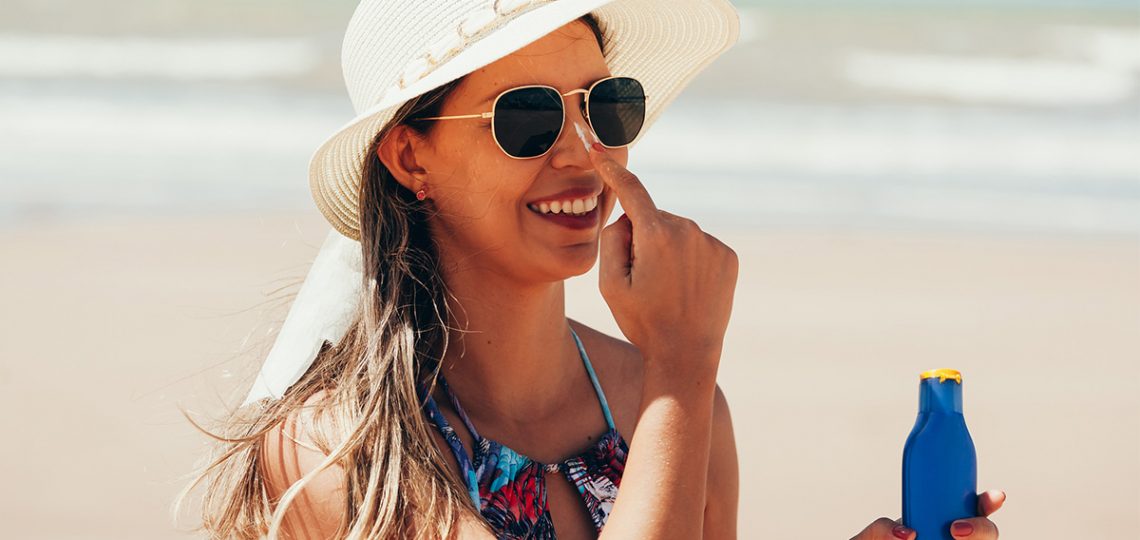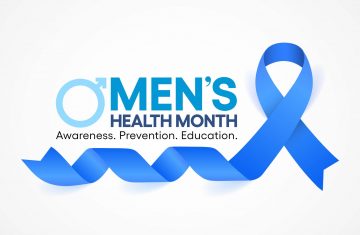Each summer, as the sun shines brighter and the days grow longer, UV Safety Awareness becomes more important than ever. Ultraviolet (UV) rays from the sun may feel warm and inviting, but prolonged exposure can have serious effects on your skin, eyes, and overall health. Understanding how UV rays work and how to protect yourself is crucial for preventing sun damage and long-term health risks, such as skin cancer.
What Are UV Rays?
Ultraviolet radiation is a form of energy emitted by the sun. There are three types:
- UVA rays: These penetrate deep into the skin and contribute to premature aging and wrinkles.
- UVB rays: These are responsible for sunburn and play the biggest role in causing skin cancers.
- UVC rays: These are the most dangerous but are absorbed by the Earth’s atmosphere and do not reach us.
Both UVA and UVB rays can harm your skin and eyes, even on cloudy days.
Why UV Safety Matters
According to the Skin Cancer Foundation, 1 in 5 Americans will develop skin cancer by the age of 70, and UV radiation is the leading cause. Overexposure to UV rays can result in:
- Sunburns
- Premature aging (wrinkles, leathery skin)
- Eye damage (cataracts, macular degeneration)
- Weakened immune system
- Skin cancer, including melanoma, the most dangerous form
UV safety is not just about beauty; it’s about long-term health.
Skin Cancer Facts & Statistics
How to Protect Yourself from UV Exposure
1. Use Sunscreen Daily
- Choose a broad-spectrum sunscreen with SPF 30 or higher.
- Apply 15–30 minutes before sun exposure and reapply every 2 hours, or after swimming/sweating.
- Don’t forget your ears, neck, hands, and feet!
2. Wear Protective Clothing
- Long sleeves, wide-brimmed hats, and UV-blocking sunglasses add an extra layer of protection.
- Look for clothing labeled with UPF (Ultraviolet Protection Factor).
3. Seek Shade
- Stay under umbrellas, trees, or shelters between 10 AM and 4 PM, when UV rays are strongest.
4. Avoid Tanning Beds
- Artificial UV exposure increases your risk of skin cancer and accelerates skin aging.
5. Check the UV Index
- Use weather apps or websites to check the daily UV index and plan outdoor activities accordingly.
UV Safety for All Ages
Children’s skin is especially vulnerable to UV rays. Early sunburn increases their lifetime risk of skin cancer. Start healthy sun habits early by:
- Dressing children in sun-safe clothing
- Keeping babies under 6 months out of direct sunlight
- Teaching teens about the dangers of tanning
Final Thoughts: Make UV Protection a Year-Round Habit
UV safety is not just for summer. Snow, sand, and even concrete can reflect UV rays and cause damage all year long. Being proactive with sun protection can help you prevent burns, reduce cancer risks, and keep your skin healthier for years to come.




